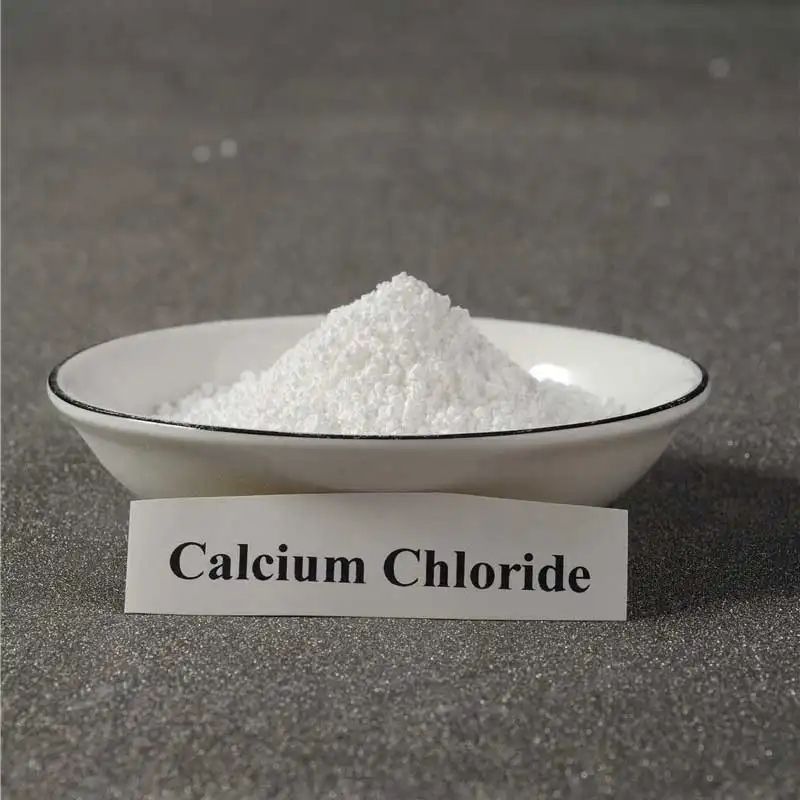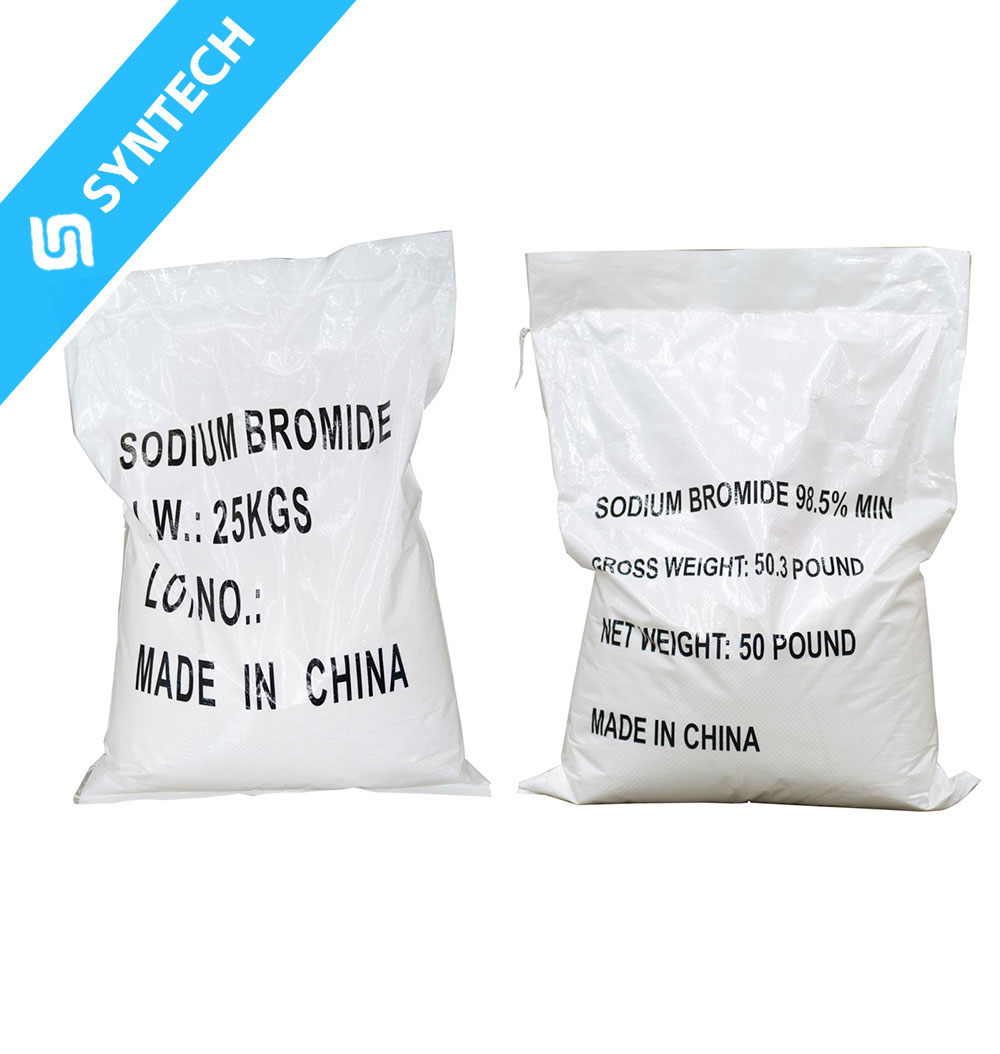In the highly controlled world of electroplating, additives are essential for producing high-quality, functional, and decorative metal coatings. Sodium Methallyl Sulfonate (SMAS) has emerged as a valuable and versatile component in modern electroplating baths, particularly for nickel and other metal plating processes, due to its unique chemical properties as a reactive anionic surfactant.
1. The Role of SMAS in Electroplating Baths
SMAS is primarily classified as a secondary brightener or carrier in electroplating additive formulations. Its function is multifaceted, impacting the electro-crystallization process at the cathode (the part being plated) on a molecular level.
- Brightening Agent: SMAS helps produce a brilliant, mirror-like finish on the plated metal. It does this by promoting the formation of finer-grained metal crystals. A smoother surface with smaller crystals reflects light more uniformly, resulting in a high-gloss appearance.
- Leveling Agent: This is one of its most critical functions. Leveling is the ability of the plating bath to deposit more metal in microscopic valleys and less on peaks, thereby smoothing out the substrate’s surface roughness. SMAS absorbs preferentially onto the high-current-density areas (peaks and edges) of the cathode, creating a resistive layer that slightly inhibits deposition. This allows more uniform deposition across the entire part, leading to a perfectly smooth surface.
- Current Carrier and Distribution: As an anionic surfactant, SMAS reduces the surface tension of the plating solution and improves the wetting of the cathode surface. This ensures a more uniform current distribution, preventing defects like pitting (small holes) and allowing for plating in complex geometries with deep recesses.
- Grain Refiner: By adsorbing onto the growing metal crystals, SMAS interferes with crystal growth, promoting the formation of new nucleation sites. This results in a denser, harder, and more corrosion-resistant coating with a finer grain structure.
2. Key Advantages of Using SMAS
The molecular structure of SMAS (CH₂=C(CH₃)-CH₂-SO₃Na) provides it with distinct advantages over other additives.
A. Reactive Copolymerization (The Primary Advantage)
Unlike many conventional additives that are simply dispersed in the bath, SMAS contains a polymerizable double bond. This allows it to:
- Copolymerize with other additives: It can form co-polymers with other primary brighteners (like coumarin derivatives or alkynes) directly in the plating bath or be pre-polymerized into proprietary additive packages. This creates synergistic molecules with enhanced performance and stability.
- Become a Permanent Part of the Coating: In some cases, it can incorporate into the very first layers of the metal deposit, forming an ultra-thin, coherent interfacial layer that improves adhesion and properties.
B. Exceptional Stability and Long Bath Life
- Hydrolytic Stability: The carbon-sulfur bond (C-S) in SMAS is extremely stable against hydrolysis. Unlike additives with ester groups, SMAS will not break down in the acidic or alkaline conditions of a plating bath over time. This leads to a more consistent bath chemistry and longer additive life.
- Chemical Stability: It is resistant to oxidation at the anode and reduction at the cathode, meaning it maintains its functionality throughout the plating process and does not decompose into harmful by-products that can contaminate the bath.
C. Wide Operating Window
SMAS is effective over a broad range of current densities, temperatures, and pH levels. This makes the plating process more robust and forgiving, allowing for consistent results even with slight variations in operating conditions. It is particularly effective in high-speed plating applications.
D. Improved Ductility and Internal Stress of Deposits
While primary brighteners can sometimes make the metal coating brittle and highly stressed (leading to cracking or poor adhesion), SMAS often helps in producing deposits with lower internal stress and better ductility. This is crucial for functional coatings that undergo bending, forming, or thermal cycling.
E. Environmental and Handling Benefits
- Water Solubility: As a sodium salt, it is highly soluble in water, making it easy to handle and dose into the plating bath.
- Halogen-Free (compared to bromide-based carriers): In certain plating systems, it serves as an alternative to bromide-ion-based carriers, which can be less desirable in some formulations.
3. Specific Application Context: Nickel Plating
The most prominent application of SMAS is in Watts-type nickel plating and semi-bright nickel plating baths. In these systems, it works in concert with other additives:
- Primary Brighteners (e.g., saccharin, benzene sulfonamide): Provide the primary grain-refining effect.
- SMAS (Secondary Brightener/Carrier): Enhances the effect of primary brighteners, provides leveling, and improves ductility.
- Wetting Agents: To prevent pitting.
The combination of SMAS with these components creates a balanced additive system that yields a nickel coating with excellent brightness, superior leveling, good ductility, and low internal stress—properties essential for both decorative finishes (e.g., on automotive trim) and functional corrosion-protective undercoats.






